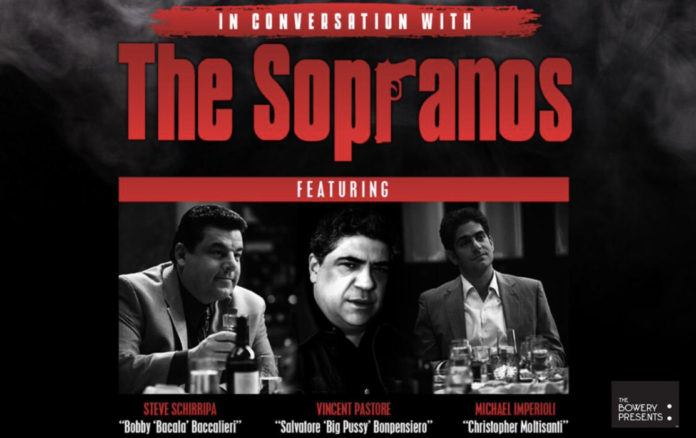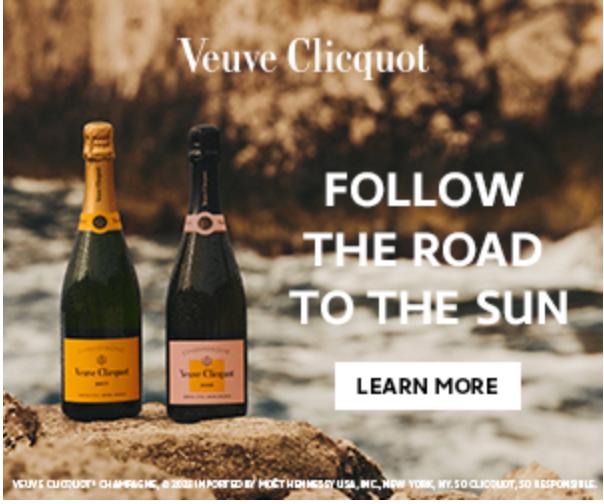In Conversation with The Sopranos at Patchogue Theatre Feb 4 featuring Steve Schirripa, Vincent Pastore, and Michael Imperioli and hosted by Joey Kola
IN CONVERSATION WITH THE SOPRANOS
SATURDAY, FEBRUARY 4 at 8PM
This 90-minute show features cast members STEVE SCHIRRIPA (Bobby Bacala), VINCENT PASTORE (Big Pussy), and MICHAEL IMPERIOLI (Christopher). Hosted by comedian JOEY KOLA, come see these iconic actors take the stage to share stories, memories, and slides from when THE SOPRANOS was in production.
Patchogue Theatre hosts The Soprano Conversation
Fans in attendance will have a chance to ask the cast members anything during the Q&A portion of the show. All topics are on the table, even theories on the show’s controversial series finale.



